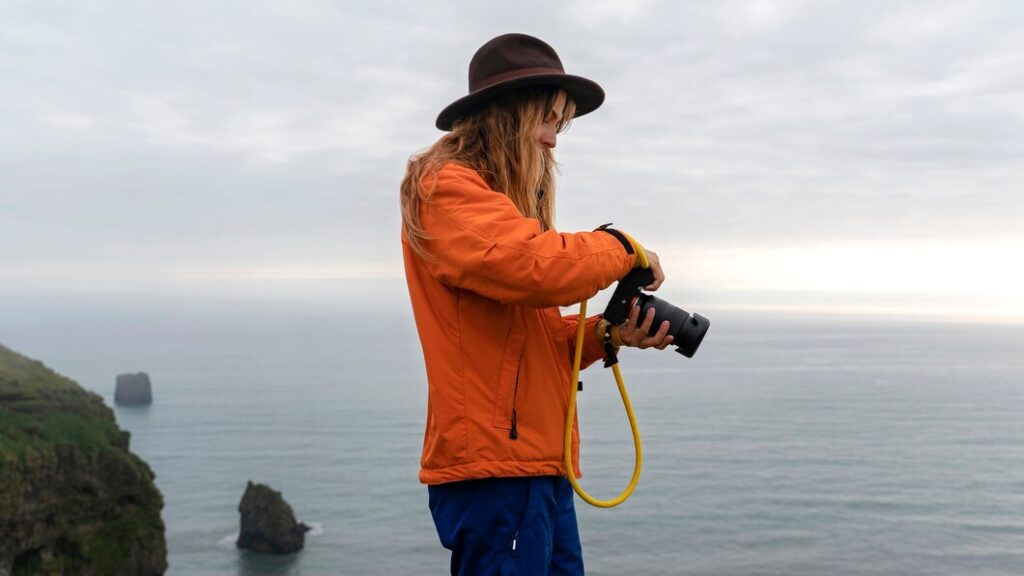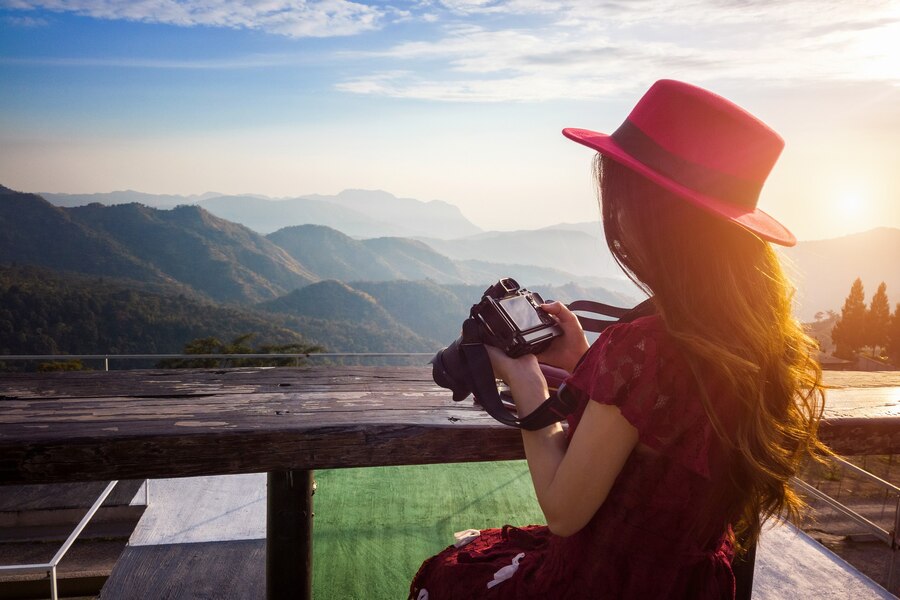Travel photography is more than just taking pictures; it’s about telling a story and capturing the essence of your adventures. Whether you’re exploring bustling city streets, hiking through breathtaking landscapes, or immersing yourself in local cultures, photography allows you to document your experiences and share them with others. This article provides essential tips for capturing stunning travel photos that reflect the beauty of your journeys.
Understanding the Basics of Travel Photography

1. Know Your Camera
Before embarking on your travels, familiarize yourself with your camera. Whether you’re using a DSLR, mirrorless camera, or smartphone, understanding how to use your equipment is crucial. Read the manual, practice different settings, and experiment with various modes to get comfortable with your camera’s functionalities.
2. Master the Lighting
Lighting plays a vital role in photography. The golden hour—shortly after sunrise and before sunset—provides soft, warm light that enhances your images. Aim to shoot during these times for the best results. Avoid harsh midday sunlight, which can create unflattering shadows and overexposed highlights.
3. Composition Techniques
Utilizing composition techniques can elevate your travel photos. The Rule of Thirds is a simple yet effective method: divide your frame into a grid of nine equal parts and position your subject along these lines or at their intersections. This creates balance and visual interest in your images.
4. Experiment with Angles
Don’t settle for the first angle you find; explore different perspectives to add depth to your photos. Get low to the ground for a unique view or shoot from above to capture patterns and details often overlooked. Creativity in angles can lead to striking images that stand out.
Tips for Capturing Memorable Travel Photos
5. Plan Your Shots
Before arriving at a destination, research potential photo spots and plan your shots accordingly. Use tools like Google Maps or Instagram to find popular locations and create a shot list. This preparation helps you make the most of your time and ensures you capture the highlights.
6. Capture Moments, Not Just Places
While iconic landmarks are important, don’t forget to document candid moments that tell a story about your travels. Capture interactions with locals, street scenes, and small details that reflect the culture of the place you’re visiting.
7. Use a Tripod
A tripod is an invaluable tool for travel photography, especially in low-light situations or when shooting landscapes. It stabilizes your camera for long exposures and allows for more creative compositions without worrying about camera shake.
8. Edit Thoughtfully
Post-processing is an essential part of modern photography. Use editing software or apps to enhance your images while maintaining their authenticity. Adjust brightness, contrast, saturation, and cropping to create polished final photos that reflect your vision.
Conclusion
Travel photography is a powerful way to document your adventures and share them with others. By mastering the basics of photography—understanding your equipment, utilizing proper lighting, experimenting with composition, and planning your shots—you can capture stunning images that reflect the beauty of your journeys. Remember that every photo tells a story; embrace creativity and enjoy the process of capturing memories that will last a lifetime!
FAQs
Q1: What type of camera should I use for travel photography?
A1: While DSLRs and mirrorless cameras offer high-quality images and versatility, smartphones are also excellent for travel photography due to their convenience and advanced camera capabilities.
Q2: How can I improve my photography skills?
A2: Practice regularly by taking photos in various settings and lighting conditions. Consider taking online courses or joining photography groups for feedback and tips.
Q3: What are the best times to take travel photos?
A3: The golden hour—shortly after sunrise and before sunset—is ideal for capturing beautiful light. Midday light can be harsh, so try to avoid shooting during those hours if possible.
Q4: Should I use filters when photographing landscapes?
A4: Yes! Neutral density filters can help control exposure in bright conditions, while polarizing filters reduce glare from water and enhance colors in landscapes.
Q5: How do I protect my camera while traveling?
A5: Use padded bags for storage, avoid exposing it to extreme weather conditions, and always keep it secure when not in use to prevent theft or damage.
